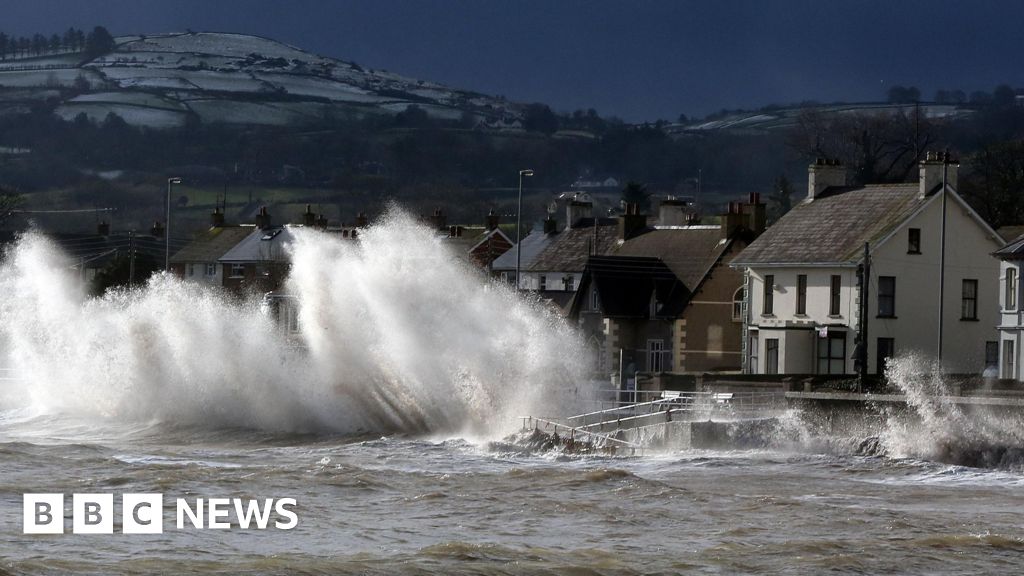This is the first addition to the CNI in almost a decade after space and defence were added to the list in 2015.
The UK government has today (12 September) announced the designation of data centres as critical national infrastructure (CNI), putting them on equal footing with vital services such as water, energy and emergency systems.
“Bringing data centres into the critical national infrastructure regime will allow better coordination and cooperation with the government against cyber criminals and unexpected events,” said UK secretary of state for science, innovation and technology Peter Kyle.
Data centres host a vast array of information – from NHS records and critical financial information to smartphone data. The CNI designation will ensure that the sector receives greater government support during outages, cyberattacks and adverse weeather events.
Part of the designation is the setting up of a dedicated CNI data infrastructure team of senior government officials who will monitor and anticipate potential threats, provide prioritised access to security agencies and coordinate access to emergency services if needed.
This is the first addition to the CNI list in almost a decade after space and defence were added to the list in 2015. A total of 13 sectors make up the list of CNI in the UK. The previous government began discussions to include data centres on the list in December of last year.
This announcement comes a day after Amazon Web Services (AWS), a leading cloud computing platform provider, revealed plans to invest £8bn into the UK’s digital infrastructure over the next five years.
The UK government also welcomed the announcement by DC01UK of a major investment for a data centre in Hertfordshire.
“The huge £3.75bn private investment announced today in Hertfordshire is a vote of confidence in those plans and a clear example of my determination to ensure technological advancements are helping to grow our economy and create wealth across the country,” Kyle said.
Data centres and energy demand
Kyle described data centres as “the engines of modern life”.
“They power the digital economy and keep our most personal information safe.”
However, despite the need for data centres in an increasingly digitised society, many have concerns about the massive amounts of energy used by these data behemoths. Currently, data centres account for 4pc of global electricity consumption and 1pc of global greenhouse gas emissions, with these figures only expected to rise.
In the UK, energy consumed by data centres has risen by 400pc since 2015, and studies suggest that the AI industry, a part of what’s causing a data centre boom, could be independently consuming as much energy as the Netherlands by 2027.
In Ireland, data centres now consume 21pc of metered electricity, a sharp rise from the 5pc share it held in 2015. And data centres are expected to consume nearly a third of Ireland’s total electricity by 2026.
This enormous consumption comes at the cost of grid stability and the natural resources that are sharply depleting because of human technological pursuits in the era of the climate crisis.
Don’t miss out on the knowledge you need to succeed. Sign up for the Daily Brief, Silicon Republic’s digest of need-to-know sci-tech news.









